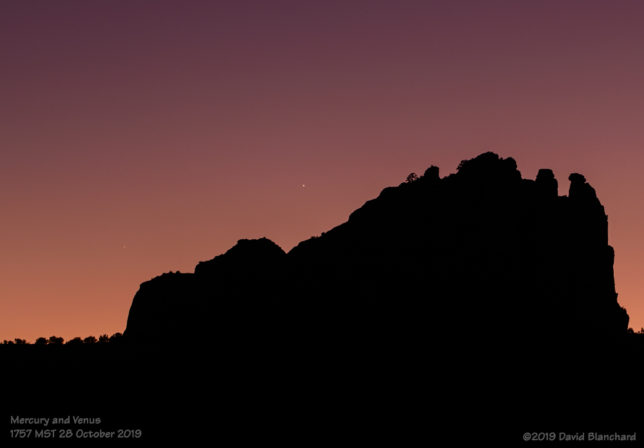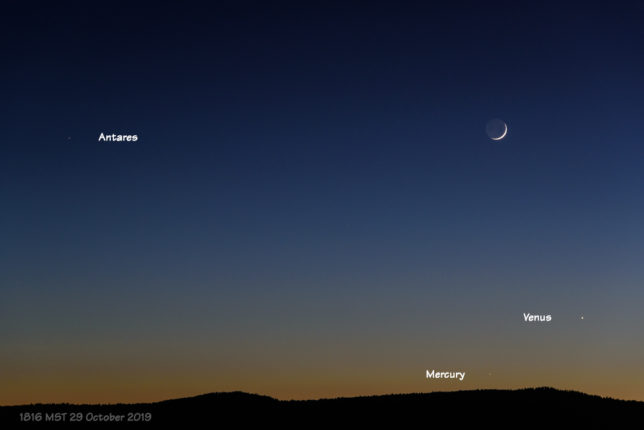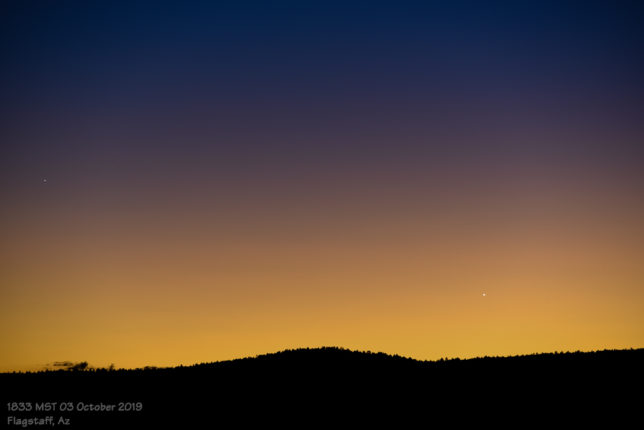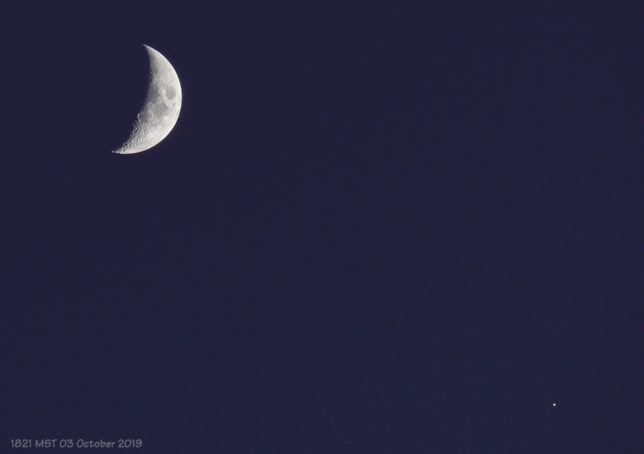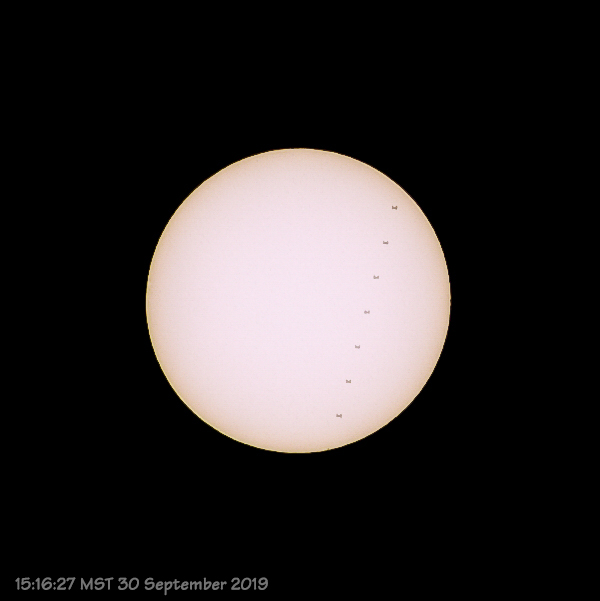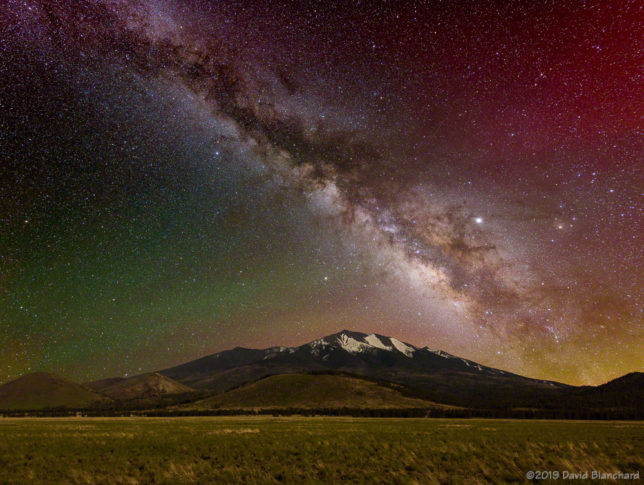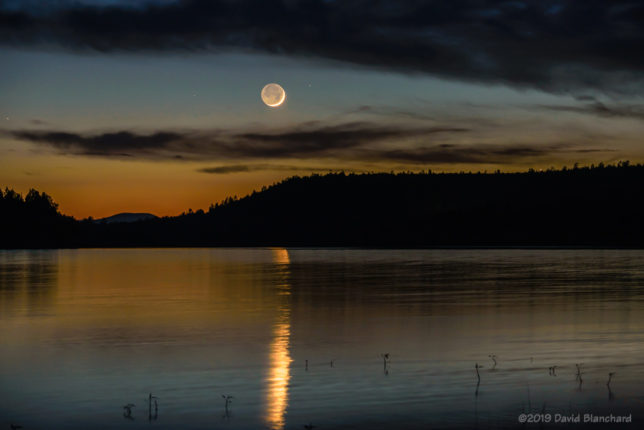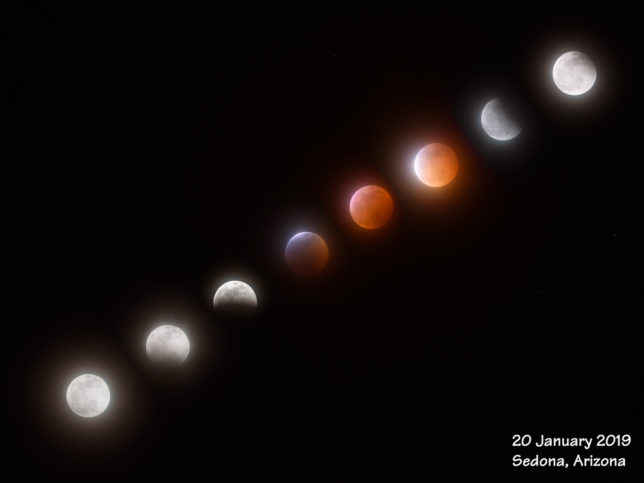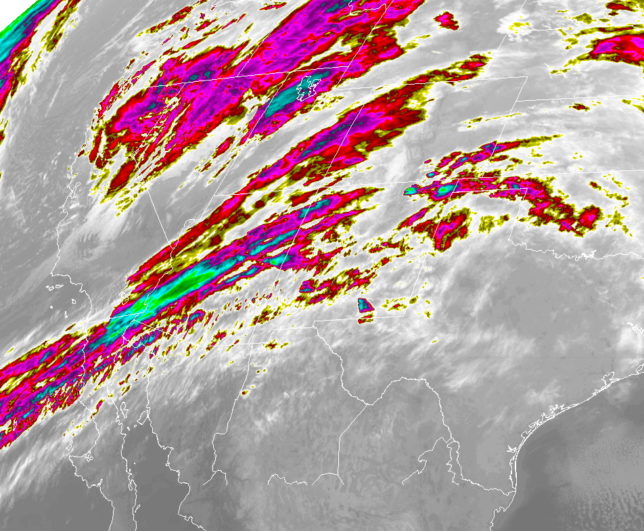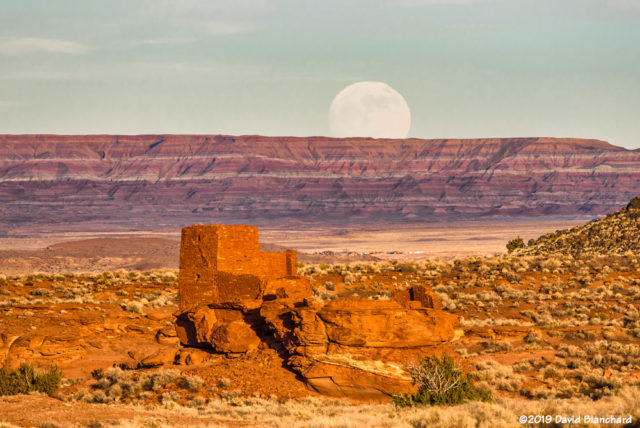
Wukoko Pueblo in Wupatki National Monument is an amazing place. Here is what the National Park Service has to say about the pueblo:
An architect today might win an award for designing Wukoki Pueblo. The corners, angles, and lines of masonry are meticulous. From its base, the eye is drawn skyward to a height that inspires awe of this ancient craftsmanship.
The architecture blends so well with the environment that the building seems to grow out of the rock, disguising where nature’s work ends and handcrafted walls begin. Today these walls stand as a silent tribute to prehistoric people.
I have visited this site many times capturing the Milky Way above it, lightning around it, and sunsets. But I’ve never had a chance to capture the rising [nearly] full Moon until yesterday. The terrain is such that the best time of the year is December when the full Moon is farthest north in the sky. At other times of the year, nearby hills obstruct a view of the Moon until it has risen high in the sky. Even in December, the distant Tloi Eechii Cliffs rise above the horizon. But in this case, they add to the drama of the rising Moon. This was taken the day before the full Moon so that the late afternoon sun could still light up the landscape and the pueblo.

